You know you have an uphill battle when a group of people interested in innovating education still accept the disability labeling status quo in our schools. I must assume they think, “Oh, there needs to be upgrades, more technology, more freedom, and more choices in education, but, yeah, there are still broken children needing fixing…” It’s still hard for people to see the collateral damage that the one-size-fits-all education model imparts.
Let me try to show the difference for which I’m advocating. This Yale Center for Dyslexia and Creativity article sets the scene. This mother outlines our current conditioned thinking beautifully:
Since most of us were mass schooled, we dream for our young child all the attributes that constitute a “successful school experience.” Some of these attributes are:
Every school subject will come easily to my child, because, you know, smart children do well in school, and smarter children do well sooner.
From my book, The Right Side of Normal:
For example, a current benchmark declares that reading can and should be accomplished through phonics by the age of 6 to 7 years. Around this, parents hold their breath, waiting to discover where their children will be classified. If a child reads before the benchmark, she’s “smart as a whip” or “gifted.” If he reads at the expected time, he’s “average.” Look out if she reads after that time frame! At best, she’s either “lazy,” “not living up to potential,” or “stupid.” At worst, the child is disordered. Broken. Learning disabled.
My child will be bubbly and outgoing, because, you know, popular children are well liked by both teachers and peers, and more popular children are the first invited to every birthday party and become Homecoming king or queen.
From my book, The Right Side of Normal:
For instance, what social style is most valued in our society? The extrovert! We notice and give added value to the child who is invited to all the birthday parties and thrives in that environment, the child with many friends who is the life of the party, and the child who is quick to speak eloquently and efficiently.
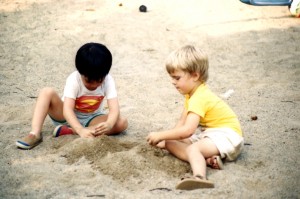 But what about the other social types? There’s the introvert who thinks things through in her mind first and then says a few words with meaning, who has one or two close friends to whom she’s loyal and true, or who needs to retreat from time to time to regroup and reenergize. How about the “little professor” who shares his intellectual observations with confidence, who likes to “direct and produce” play scenarios with willing participants, or who flourishes with a small group of like-minded people who discuss the intricacies of a topic? There’s also the shy style who warms up slowly in new situations but can assess where she best fits, needs to trust someone before revealing her thoughts to that person, or prefers one-on-one dynamics where her tender heart will be honored.
But what about the other social types? There’s the introvert who thinks things through in her mind first and then says a few words with meaning, who has one or two close friends to whom she’s loyal and true, or who needs to retreat from time to time to regroup and reenergize. How about the “little professor” who shares his intellectual observations with confidence, who likes to “direct and produce” play scenarios with willing participants, or who flourishes with a small group of like-minded people who discuss the intricacies of a topic? There’s also the shy style who warms up slowly in new situations but can assess where she best fits, needs to trust someone before revealing her thoughts to that person, or prefers one-on-one dynamics where her tender heart will be honored.
My child will excel in math, science, and literature, because, you know, these are the subjects that lead to becoming a doctor or lawyer, and the higher your GPA in proper classes, the more money you’ll make and the more prestige you’ll receive.
From my book, The Right Side of Normal:
Extraordinary imaginations and visual thinking are the universal gifts of the [creative] learner. These universal gifts are noticeable as early as the preschool years. Certainly they’re pronounced by the Foundation Stage of learning of ages 5 to 7. The universal gifts of [creative] children manifest themselves through engagement in one or more of what I term creative outlets. These are computers/video games, art/photography, puzzles/mazes, building/electronics, theater/showmanship, math/numbers, fashion/sewing, cooking/gardening, and music/dance.
[Further,] a [creative] child has a stronger interest in areas of study that promotes creative and imaginative thinking. History, other cultures, how nature works, diverse animals and living things, and the people and places in our society are prime fodder for these [creative] strengths.
For the [creative] learner, deep engagement in one or more of these areas of creative outlet is at the core of development. If these people aren’t creatively engaged, they only half live. And yet, our society currently views these pursuits as extracurricular at best, a waste of time at worst. School budget cuts begin with creative outlets even though they should be the center of early years’ study for these learners.
Are you starting to notice something? A bias? A stereotype? A very narrow definition of “success?” Do you also notice all of these attributes we may originally “dream” for our child all constitutes what fits into the current school mold? With all the people energy in school, no wonder extroverts flourish best there. And do you remember the fight for valedictorian? I remember in our school, there was a big hoopla over the top two contenders…one was a science- and math-emphasis young man, and the other was an art-infused young lady. It wasn’t considered fair that he took “hard science classes” and she took “easy art classes.” Shouldn’t classes be weighted by difficulty? But could the science guy really do as well in an art class? No one was trying to dupe the other to get a 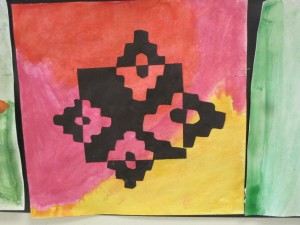 coveted title. The young man grew up to be an MIT graduate and the young lady grew up to be an artist. Don’t both have a place in our society? Should one really be more important than another?
coveted title. The young man grew up to be an MIT graduate and the young lady grew up to be an artist. Don’t both have a place in our society? Should one really be more important than another?
Just like the mother in the story, there only seems to be one type of child that is held up as the ideal to dream about. As stated in her own words, we have to “accept the real version” of our children. What!? In other words, how common is it to expect a particular idealized version? And from where did that idealized version stem? I can almost assure you it comes from our school experience. There appears to be a singular norm accepted there, and any deviation from that is negatively labeled or actively pursued to fix.
Let’s look at what currently happens to children when they don’t master certain skills or subjects.
From my book, The Right Side of Normal:
We attempt to “fix” right-brained learners. We remediate when they don’t meet left-brained expectations (i.e., dyslexia programs). We medicate their behaviors (i.e., Ritalin). We even “jump-start” natural biological occurrences through exercises (i.e., vision tracking). There are consequences to these common “solutions.” Some children decide they are “stupid” and take that notion into adulthood. Some children develop anxiety, depression, or grow angry as they are made to feel worthless. Some children decide they “just don’t care” and “do the minimal,” as if oppositional, because they want to feel some control over the fact that they can’t live up to the left-brained expectation. Some children self-medicate through alcohol or drugs in their teen years to ease the pain of not feeling “good enough.” And some children get a learning disability label and live down to that expectation believing they are deficient in some way.
Right-brained learners are the most labeled children in our schools. There are so many labels they often overlap as professionals scramble to justify the discrepancy between the obvious intelligence and creativity displayed by these children and their inability to perform to the expectations of the school setting. Consciously or subconsciously, our society believes that the scope and sequence created for our schools that favors left-brained thinkers is “the norm.” It’s held up as the measure of intelligence. The truth is that it’s normal for right-brained children to learn to read at a later age. Left-brained benchmarks shouldn’t be the only “normal” that children are held to in a scope and sequence.
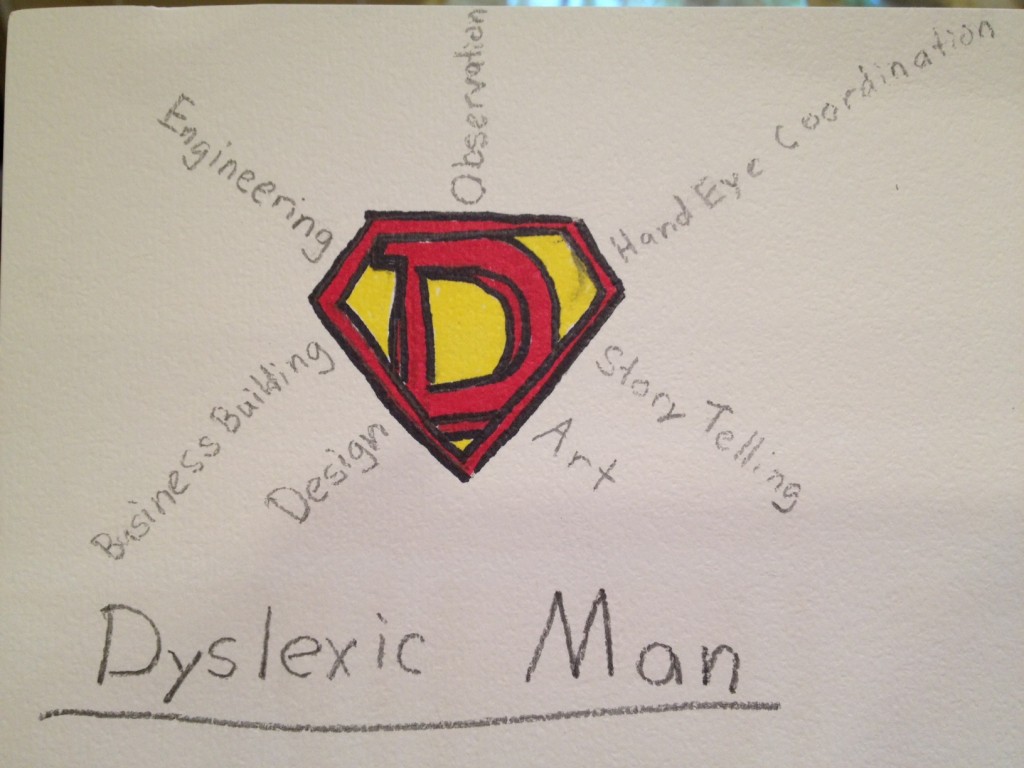 As noted in the article, the author’s son felt he was stupid. Everything he did up until the point of being diagnosed with a learning disability was to be compared to the left-brained scope and sequence. No wonder he felt that way!
As noted in the article, the author’s son felt he was stupid. Everything he did up until the point of being diagnosed with a learning disability was to be compared to the left-brained scope and sequence. No wonder he felt that way!let’s pretend our society embraces the right-brained learning information…
From my book, The Right Side of Normal:
The solution is to allow right-brained children to learn on a different time frame that honors their gifts and strengths. This doesn’t mean we should follow the current left-brained scope and sequence, and then just wait a little longer. It means right-brained learners’ success requires a totally different scope and sequence.
- The right-brained child needs different resources for learning than those currently found in school.
- The right-brained child needs a different skill development focus than found in school.
- The right-brained child needs a different time frame for learning than the one expected in school.
If all of these differences are honored, right-brained children will learn various subjects as joyfully and painlessly as their left-brained counterparts.
Let’s look at what currently happens to children when they have a different social style from that most valued in school.
From my book, The Right Side of Normal:
Like the remediation procedure in the academic arena, we find ourselves trying to help the shy person “come out of her shell,” or get the little professor to tone down his intellect to “fit in,” or encourage the introvert to get more friends. We 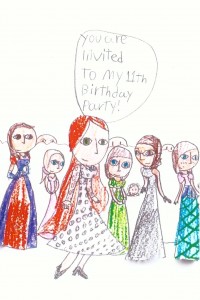 label. We remediate. We negatively connotate. We worry. We forget to value each of these social styles. Each has strengths that add to the variety in the communities in which we live, just like each of the various ways we learn.
label. We remediate. We negatively connotate. We worry. We forget to value each of these social styles. Each has strengths that add to the variety in the communities in which we live, just like each of the various ways we learn.
Only one [social] style is placed on the pedestal parents subconsciously aspire to have their children reach: the extrovert with lots of friends who is the first invited to every party. Why? Because this is the social style that can excel best in our schools! We subconsciously value those traits that can flourish in the environment that most of us attended.
let’s pretend our society embraces the right-brained learning information…
From my book, The Right Side of Normal:
The good news is there’s nothing wrong with the right-brained learning style [or] the less appreciated social styles… As I will repeat again and again, there’s also nothing wrong with the left-brained learning style [or] the extrovert… To reclaim our creative children though, we need to recognize that we have subconsciously learned to exclusively value traits of left-brained children who excel in the schools. Once we do, we need to learn to understand and equally value traits of right-brained children in our schools. This leads to placing a huge question mark around our labeling system specific to school-related difficulties.
Let’s look at what currently happens to children when they enjoy pursuing undervalued school subjects.
From my book, The Right Side of Normal:
The scope and sequence in schools tend to limit exposure to these early subject strength interests of the creative outlets, history, mythology, cultures and geography, animals, nature, and science pursued by right-brained children in early elementary. This worked for me as a left-brained child because these were subjects in which I was relatively weak. Since schools tend to follow the strengths and learning patterns of the left-brained processing preference, these [right-brained early] subject [strength]s don’t make it to center stage during early skill acquisition. Reading, writing, spelling, and math facts take priority. But these [early] subject [strength]s for right-brained children should be a foundation in their early, 5 to 7 year learning lives. Each is a subject that draws upon the natural creative and imaginative core that is a strength of their brain processing preference.
let’s pretend our society embraces the right-brained learning information…
From my book, The Right Side of Normal:
The story of how Gillian Lynne, the “Cats” choreographer, came to discover her talent, as told by creativity expert, Sir Ken Robinson, highlights this well. The public school she attended in the 1930s informed her mother that she was not fitting in well there, and maybe she had some problems that needed attention. Her mother took Gillian to a psychiatrist, and after a briefing, he asked the mother to step into the hall with him while he left Gillian in his office with the radio on. When they looked back into the room, Gillian was dancing around the office. The psychiatrist simply stated to the mother, “Your daughter isn’t sick, Mrs. Lynne; she’s a dancer. Put her in dance school.” The rest is history as she’s renowned for her talent in dance and choreography.
Our right-brained learners aren’t sick; they aren’t broken; they aren’t a problem. Our right-brained learners are dancers; they’re artists; they’re musicians; they’re actors; they’re architects; they’re video game programmers. This is who they are. To change that is, at best, to “squander away their talents” according to Sir Robinson. And at worst, it’s to “psychologically destroy them,” to quote my oldest son. I want neither for my amazing right-brained children! Does that mean they’re perfect the way they are? Of course not, as we all have our weak areas and difficulties. However, because of our conditioning to value left-brained traits, we think the very traits of right-brained thinking are the weak areas and difficulties. If we intervene in these areas because they go against the grain of conditioned societal thinking, then we are changing who our children are. If we can educate ourselves about how right-brained children learn and combine that with strong advocacy efforts to effect change in our schools, the result is a collaborative process that will liberate thousands if not millions of creative minds that improve our world!
Let’s rework that Yale Center article with the idea that the right-brained way of learning and the left-brained way of learning are equally valued. If there’s more than one “norm” for learning and being , then this young boy would have been supported all along with his foundational strengths in the early years, and been given natural supports as he began to acquire his reading skills. If his particular path to learning each of the subjects was honored, he wouldn’t have had any reason to feel stupid, because he was within the right side of normal. If as he progressed along his particular path to learning still resulted in some stumbling areas, then skills and strategies based on his set of foundational attributes would be utilized at the appropriate developmental stage. It would all be a strengths-based, collaborative process.
If there were more “norms” valued for what they offer the world, then maybe all mothers can dream about watching the natural unfolding process of her child without bias or a need to change her idealized child into the real version. Because the real version is perfect just as it is!
Am I against labels like dyslexia? I’m against an over-labeling epidemic for describing a natural learning process that isn’t understood or honored, resulting in unnecessary problems due to a mismatched learning environment.
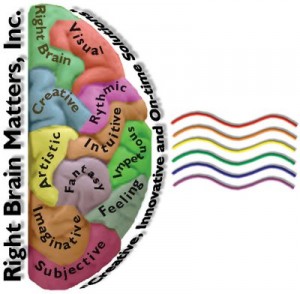 Do I think there’s a better label for the holistic learner who is most often labeled in school as learning disabled? Since behind most learning disability labels is a right-brained learner, I much prefer using that positive description than a negative label. What’s not to like about being labeled right-brained?
Do I think there’s a better label for the holistic learner who is most often labeled in school as learning disabled? Since behind most learning disability labels is a right-brained learner, I much prefer using that positive description than a negative label. What’s not to like about being labeled right-brained?
Question: I’m really wanting to know where my disconnect with people is. People like Sir Ken Robinson, Thomas Armstrong, Jeffrey Freed, and other professionals see it and speak on it. What prevents parents from recognizing that the comparison, expectation, and measuring stick we use with our creative children against the current scope and sequence in school is what cripples them, not something inherently wrong inside their brains?

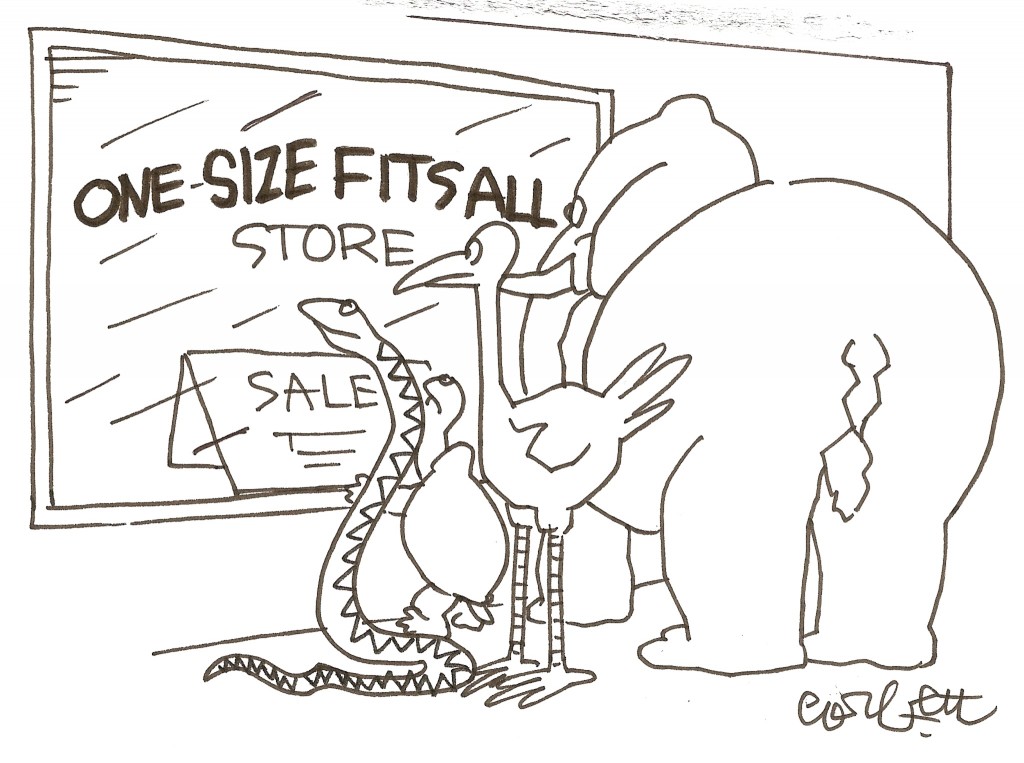

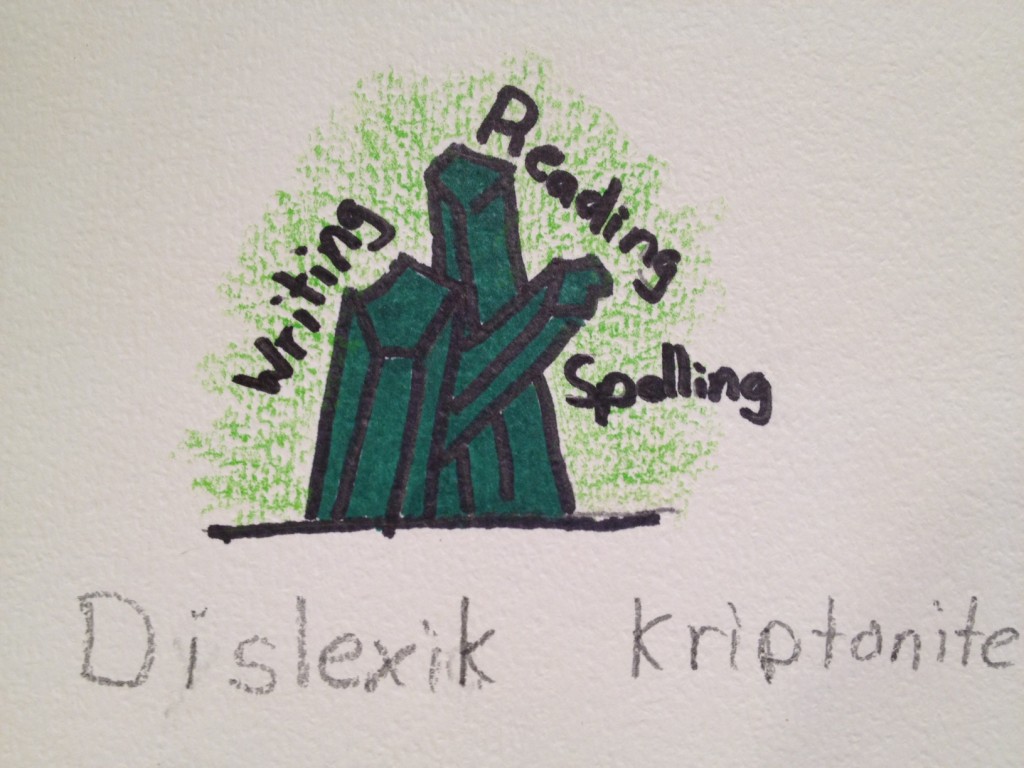






4 responses to “The Effects of a Narrow Definition of “Normal””